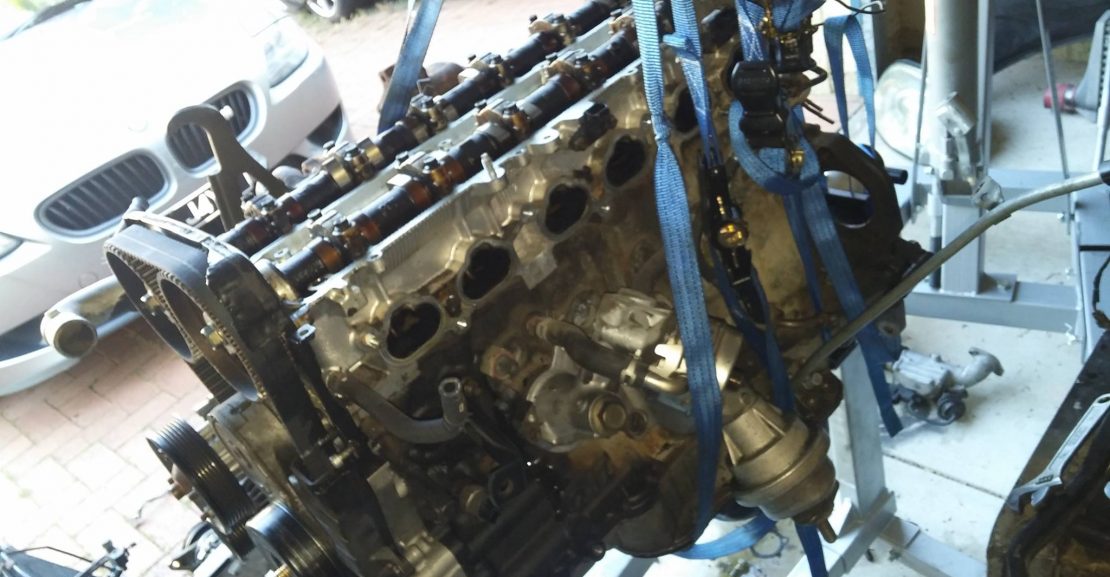Show me your engine and I’ll tell you how much you care!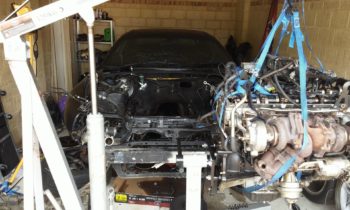
So today we will find out just how much the previous owner serviced his Supra.
After going into some effort to transplant the engine, you’d imagine it would be indicative of a bit of care factor. After all, who spends upwards of $5k on a new engine then doesn’t take care of it?
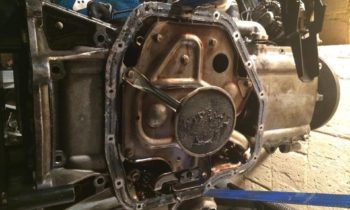 Despite the low kms, being a conversion, it’s difficult to ascertain the original condition of the engine, that said. So there’s only one way to deal with this, and that’s to get the torque wrenches out.
Despite the low kms, being a conversion, it’s difficult to ascertain the original condition of the engine, that said. So there’s only one way to deal with this, and that’s to get the torque wrenches out.
First things first, hoping for a quick investigation, I whipped off the sump. Things start to seem bad when I find a strainer with a 5mm thick layer of gunk and metal deposits. Jenkies.
Ever the optimist, I took the investigation up top, to r emove the head. Camshafts out first by locking them in place and loosening the retainers. With a bit of gusto, they’re free and I can begin removing the retaining crowns. This has to be done in a specific order to avoid irreparable cracking and stressing to the components.
emove the head. Camshafts out first by locking them in place and loosening the retainers. With a bit of gusto, they’re free and I can begin removing the retaining crowns. This has to be done in a specific order to avoid irreparable cracking and stressing to the components.
Once they can wriggle free, it becomes evident that it has been a while since the oil had been changed. Thick, gunky deposits lined the valve train. So think that scraping with a screwdriver was a task in itself. The tired springs, seats and valves are all evidence of neglect, your honour..

Cam covers removed reveal a practically new cam belt – perhaps she isn’t as neglected as I thought? Although if you’re wondering why the ratchet strap approach was taken – only one of the factory engine lifting hooks are in tact, one having snapped off. How you would manage that – I’m not quite sure!
The next hour or so involved removing the valves one by one, stripping the remainder of the
manifold, coolant piping and being left with a naked long block.  You can see the remainder of the accessories including the oil plumbing and filter housing to the left of the block and the two centre pistons extended.
You can see the remainder of the accessories including the oil plumbing and filter housing to the left of the block and the two centre pistons extended.
You can also see what makes the 2JZ a non-interference engine. The pistons lay flush with the top of the block, and the valves stay within the confines of the head. The pistons and head never occupy the same space as they would do in an interference engine. The perfect last ditch saving grace if you ever threw a timing belt!
A closer inspection of the cylinders shows a bit of carbon build up but no scoring in the cylinders.
Time to rotate the engine about face by means of removing the retaining pi in the engine stand and slowly rotating the handle, carefully avoiding the pinch points. ***** got me a couple of times!
And we finally have the heart of the 2J. More retainers to undo in specific order, this time in order not to release the tension on the crank irregularly and cause damage to the spine of your engine. The lower engine case is split in this photo, with some effort expended to prise that engine sealant away once everything is loosened. At this 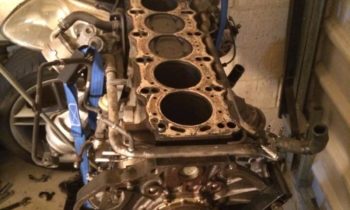 point it becomes painfully evident what that mystery knocking was..
point it becomes painfully evident what that mystery knocking was..
Ladies and gentlemen, the no 3 big end bearing. Disintegrated as if it was running lubricated b y sand! Split into pieces, chunks of metal everywhere – it gives me some relief knowing that the surgery wasn’t in vein. The more I dig, the less wise it is looking to re-use much of the engine. beyond the short block and head. You can see from the crank that there is mild scoring and burning to.
y sand! Split into pieces, chunks of metal everywhere – it gives me some relief knowing that the surgery wasn’t in vein. The more I dig, the less wise it is looking to re-use much of the engine. beyond the short block and head. You can see from the crank that there is mild scoring and burning to.
You could machine the crank back to smoothness – but the amount of machining reduces the allowance that you have to work with to effectively secure the conrod to the crank without ending up with
a piston slapping all over the 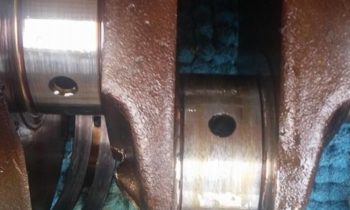 place. Simply put I wouldn’t want to be risking the longevity of the rebuild engine so it’s safe to say the crank will be going in the bin too.
place. Simply put I wouldn’t want to be risking the longevity of the rebuild engine so it’s safe to say the crank will be going in the bin too.
A closer view of the bottom of the head and you can clearly see what we touched on above with regard to the 2J being a non-interference engine.
Whilst deconstructing the block, I also soaked the entire head in a degreaser to loosen some of that epic build up of grime. It worked wonders to at least inspect the head further.
Not that any cracks or warping were expected, it appears to be in good, usable order as a basis for whatever machining is decided as the best way forwards.
The shrapnel bin is getting full and my hands are getting tired so that’s about all from the post-mortem at this point – but before I go, the cause of all of this misfortune.
Below is an oil channel through which life-saving oil circulates. Imagine it as an artery. Old oil clogs these pathways in a similar way that cholesterol clogs the blood vessels, putting more strain on the heart (oil pump in this instance) and the rest of the the body that depends on a fresh supply oxygen (or lubrication). This oil channel was blocked solid – indicating that the oil was very, very old indeed.
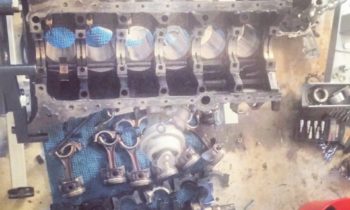 The oil stopped circulating, the bearings got dry, and they ground themselves to a powdery pulp. The lesson’s clear here. Treat your engine to regular oil changes and your engine will look after you!
The oil stopped circulating, the bearings got dry, and they ground themselves to a powdery pulp. The lesson’s clear here. Treat your engine to regular oil changes and your engine will look after you!
Until Next time!

